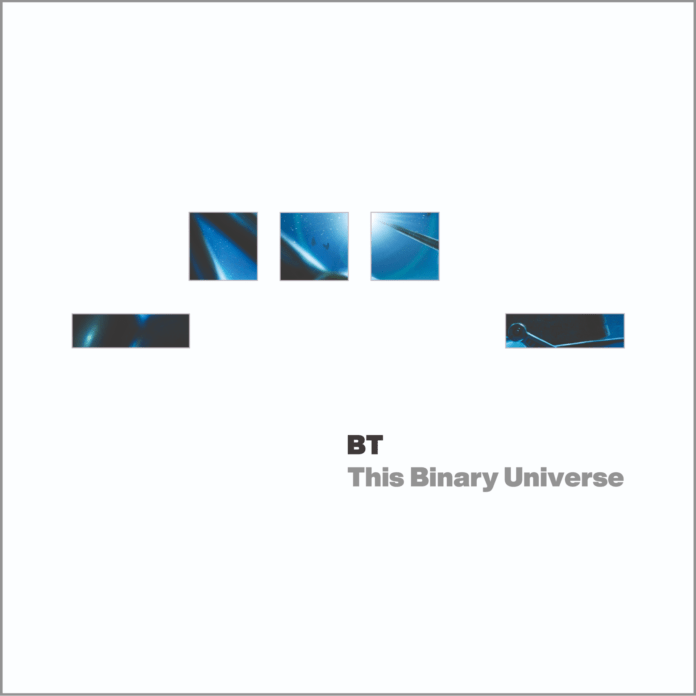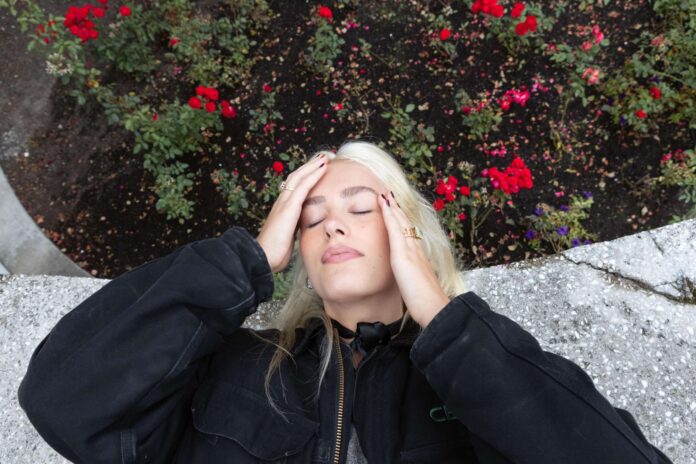Mamoru Hosoda has made a name for himself with theatrical films such as Wolf Children, The Boy and the Beast, Summer Wars, Mirai and The Girl Who Leapt Through Time. Prior to these movies, he was at Toei Animation key animating and directing for many beloved series. Fans may have first encountered Hosoda's style in franchises like Digimon Adventure, One Piece or Ojamajo Doremi. One largely forgotten series, however, features some of his best directorial work: Ashita no Nadja.
The story of Ashita no Nadja follows an orphan girl named Nadja Applefield who travels with a circus troupe to find her mother. Set in the early 1900s, this setting contrasted with the magical girl stories that aired previously in its slot and were thus the perfect setting for Hosoda's style to shine. He only directed episodes 5, 12 and 26, but all three of these episodes display Hosoda's directing strengths at their finest.
Storyboarding
As an episode director at Toei Animation, Mamoru Hosoda's job was not only to direct but to also illustrate the storyboard for the episode. In an article translated by Ben Ettinger at Anipages, Hosoda states, "When drawing the storyboard, of course, my main consideration is the overall structure, but I also work out what would be the most effective way to express certain things in terms of the animation, and how to allocate the available resources. So you could honestly say that most of the work of the director is done at the stage of the storyboard."
For Hosoda, the storyboard is the stage where his intricacies shine the brightest. Those who remember how Wolf Children used a lateral tracking shot to explore time will note a similar scene in Episode 5 of Nadja. Hosoda uses the shot as a way to seamlessly flashback Francis's memories of his mother teaching him how to dance. It's a clever usage of the tracking shot, as the way it pans left and right suggests the passage of time naturally.
Even before he began making feature films, Hosoda's storyboarding techniques already felt quite cinematic. For example, he would heavily use dolly zooms when the characters needed to be more contemplative of their situation and other multiplanar techniques involving sliding the background and foreground layers at different speeds. In Episode 26, this is used excessively when Nadja is given Keith's kaleidoscope and when she's thrown Keith's tomato. In the latter scene, the tracking inward and outwards coupled with the slow-motion throw make it feel as if time has stopped for these two characters.
Shadow and Color
Hosoda is well known for his usage of color and shadow, or rather, his lack of shadows to emphasize color. These techniques he started to develop all the way back during Digimon, as he realized just how much computers help with color correction and adjustments. In an Anipages article, he clarifies why he does this and says, "Subtly changing the color can be very effective in expressing a feeling of atmosphere, or distance, and it adds great richness to the visuals. Adding a shadow, conversely, would only make it harder to distinguish the color variations."
In Nadja, this process is best exemplified near the end of Episode 26. As the sun starts to set, the entire scene is bathed in red light with background characters in a contrasting green color. The scene has a soft focus, and a lack of shadows on the characters as Nadja confesses her love only to be left confused and lonely as she realizes the one she confessed to was not her knight in shining armor. By keeping the characters shadowless at this moment, Hosoda was able to highlight the contrasting colors and emotional climax more clearly, thus delivering a scene that highlights Nadja's confliction and heartbreak perfectly.
Photorealistic Environments
One element that truly connects all of Hosoda's Nadja episodes together is the setting. The environment Nadja ventures through has its own personality and story. In Episode 5, there is sharp detail set on making the Harcourt mansion appear as opulent and elaborate as possible. As Nadja roams the mansion, she is taken in by its otherworldliness. Rooms filled with paintings, coats of armor, shining marble floors and rose gardens dazzle her eyes.
Meanwhile, in episode 12, the village of Domremy is its own love letter to Jeanne d' Arc. The vegetable stall the team first encounter subtly containing a hint to Jeanne d' Arc's treasure was a nice touch, but so was the love all these swindling villagers had for Jeanne d'Arc's story. This episode utilized photo references, such as the birthplace of Jeanne d'Arc being her actual birth home. In the end, Jeanne d'Arc's treasure turned out to be a hidden garden of lilies, a flower commonly associated with France's royal arms and also used on Jeanne d' Arc's coat of arms.
Episode 26 utilizes a significant amount of reference material to make the Alhambra and Granada, Spain feel as real as possible. The Alhambra is believed to follow a theme of "paradise on Earth" which follows the narrative of this episode, as Nadja and Keith's date has this ethereal feel to it. The two of them visit just about every site imaginable, from the Charles V palace, the Hall of Two Sisters to the Generalife gardens. Each of these locations is faithfully and artfully depicted with such pure honesty towards the tranquility the actual locations embody.
Though Hosoda usually avoids shadows on his characters, he uses shadows as a motif in Episode 26. This fits wonderfully with not just the narrative, as Nadja struggles with the two sides of her starry-eyed knight, but also the setting. Nadja quite literally walks in the shadows of the buildings to stay cool and avoid the sweltering sun. The Alhambra is also known for its usage of water, not just in pools which give a serene feeling and make the courts appear larger, but also throughout the city via aqueducts. These are best showcased when Nadja and Keith enter the Escalera de Agua or water stairs, a location that cools down and cuts the mood of their date.
Though these episodes of Ashita no Nadja vastly benefited from Mamoru Hosoda's direction, it should be noted animation is a team effort. As per many popular directors, bringing together a competent team is in itself one of Hosoda's greatest talents.
About The Author

